United States has deployed not one, not two, but three aircraft carriers toward the Korean peninsula. While it is rare for the U.S. military to deploy two carriers in the same region at the same time, it is almost unheard of to have three aircraft carriers in close proximity to each other. What does Trump plan to do with Carl Vinson, Ronald Reagan and Nimitz there?
Unless the commander-in-chief plans the biggest military strike since World War II on North Korea, which could eventually lead to the world’s first Nuclear War, such deployment is a tactical error as it has provoked North Korea into unleashing more missiles testing. Kim Jong-un is being encouraged that a war with the U.S. is imminent hence the preparation for the ultimate war.
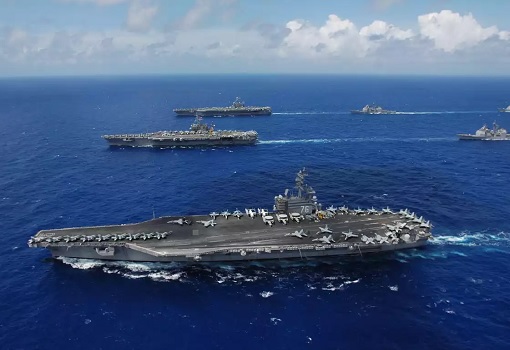
Theoretically, one aircraft carrier – U.S. Navy’s Carrier Strike Group 1 (CSG1) – is sufficient to take out a rogue nation such as North Korea. But the risk multiplies as the hermit kingdom possesses nuclear weapon. However, having incremental aircraft carrier would not change the outcome of a war significantly; therefore, having Carlson, Reagan and Nimitz can only bring symbolic advantage.
Turns out, the mighty America has actually no confidence of defeating poor North Korea. While Mr. Kim has nuclear weapons, he does not have an intercontinental ballistic missile (ICBM) to deliver the payload, of which the dictator plans to launch against America in the event of a full-blown Nuclear War. Even if North Korea “secretly” has the missile, Mr. Kim hasn’t demonstrated it.
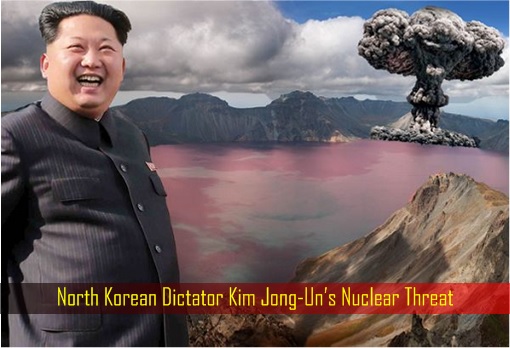
On Tuesday, the U.S. military said it had staged a successful, first-ever missile defence test involving a simulated attack by an ICBM. During the test, the Pentagon’s Missile Defence Agency launched an interceptor rocket from an underground silo at Vandenberg Air Force Base in California. The ground-based interceptor system is mainly designed to counter a North Korean missile threat.
The interceptor rocket hit and destroyed an intercontinental-range missile fired from the Ronald Reagan Ballistic Missile Defence Test Site on Kwajalein Atoll in the Marshall Islands, 4,200 miles away. This was the 18th test of the ground-based interceptor. The last one, in June 2014, was the first success since 2008. But the juicy story has just begun.
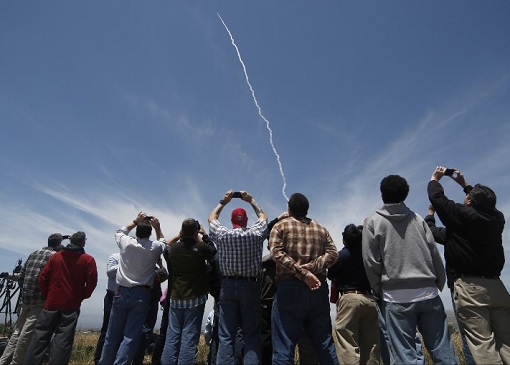
Though North Korea has conducted nine missiles tests in 2017, none have been ICBMs. But that doesn’t mean the kingdom doesn’t have the capability. More importantly, after burning US$244 million on the Tuesday’s test, it does not necessarily confirm that the American military is capable of defending itself against an intercontinental-range missile fired by North Korea.
Since the interceptor system was declared ready for potential combat use in 2004, only four of nine intercept attempts have been successful – a success rate of only 44.44%. In fact, the Tuesday’s ICBM target had never been tested before. It was revealed that previous successes were on intercepting other types of shorter-range target missiles.
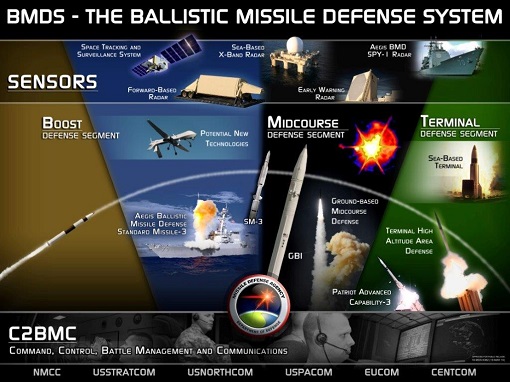
Laura Grego, senior scientist at the Union of Concerned Scientists, which has criticized the U.S. missile defence program, calls the interceptor an “advanced prototype,” meaning it is not fully matured technologically even if it has been deployed and theoretically available for combat since 2004. In other words, there’s no guarantee that Tuesday success can be repeated.
Besides developing, or probably perfecting ICBM technology, Pyongyang is also understood to be moving closer to the capability of putting a nuclear warhead on such a missile. The American military is also worried that North Korea could have developed decoys sophisticated enough to trick an interceptor into missing the real warhead.
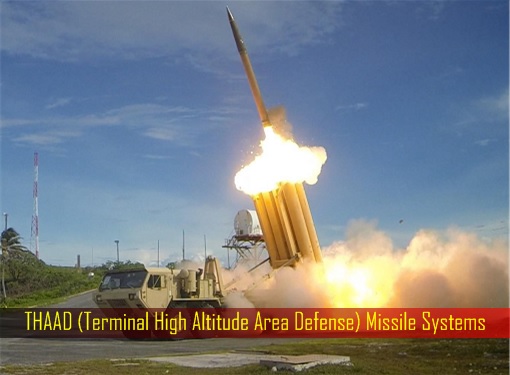
What about Patriot missile, which numerous countries have purchased from the U.S., or THAAD (Terminal High-Altitude Area Defence), which the U.S. deployed this year to South Korea? Sure, they’re more reliable but unfortunately they are designed to work against medium-range or shorter-range ballistic missiles, NOT intercontinental ballistic missile ICBM.
After spending US$40 billion since 2002 on its missile defence system, the U.S. doesn’t need a rocket scientist to tell them that the military superpower has a long way to go before their system can be considered fully developed and reliable. Philip E. Coyle, who formerly headed the Pentagon’s office of operational test and evaluation, said – “In school, 40% isn’t a passing grade.”
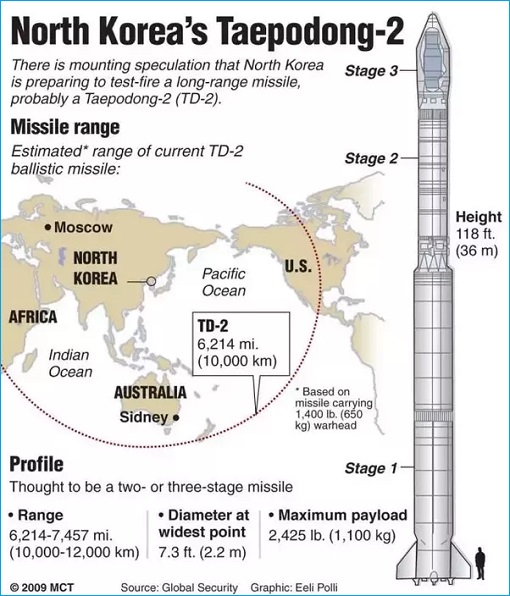
The continental US is about 9,000 kilometres from North Korea. ICBMs have a minimum range of about 5,500 kilometres, but some are designed to travel 10,000 kilometres or further. Even after Tuesday’s test, neither America has proven its capability of shooting down an incoming ICBM from North Korea, nor has Mr. Kim shown his capability of sending one to American soil.
Of course, in a real world attack, several interceptors would be launched to maximize the chance of quickly destroying the incoming threat. But likewise, North Korea could also launch multiple ICBMs, with some of them being decoys to trick interceptors fired by America to neutralize Mr. Kim’s incoming missiles. Hitting a bullet with a bullet is never guaranteed to work.
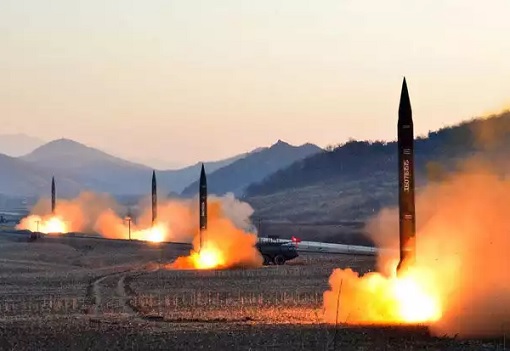
Other Articles That May Interest You …
- How China Brilliantly Uses North Korea To Get What They Want From Trump
- Sudden Strike On North Korea? But U.S. Aircraft Carrier Went To Wrong Place!!
- Nuclear War Poker Game – Kim Keeps Raising Stakes, Trump Keeps Blinking
- Trump Blinks, Chickens Out – Here’s How Putin Checkmates Trump In 5 Moves
- Relax Mr. Kim, Here’s Why China Will Not Allow U.S. Attacks North Korea
- S.O.S. China – Stupid & Arrogant Najib Causes Hostage Crisis In North Korea
- “War Message” To Japan And US!! – China Sends 40 Fighter Jets & Bombers To Okinawa
- Tactical Error – THAAD Deployment Means US-South Korea VS China-Russia

|
|
May 31st, 2017 by financetwitter
|


|

|

|

|

|

|




























Comments
Add your comment now.
Leave a Reply